
Baripada is a city and a municipality in Mayurbhanj district in the state of Odisha, India. Located along the east bank of the Budhabalanga river, Baripada is the cultural centre of north Odisha.
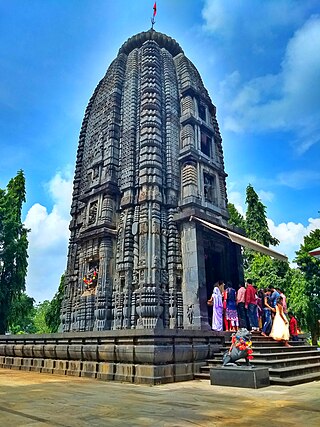
Mayurbhanj district is one of the 30 districts in the Odisha state of eastern India and the largest district in Odisha by area. The district's headquarters is located in Baripada, with other major towns including Rairangpur, Karanjia, and Bahalda. As of 2011, Mayurbhanj ranks as the third-most populous district in Odisha, following Ganjam and Cuttack.

Srirama Chandra Bhanja Medical College and Hospital, also known as S.C.B Medical College and Hospital, is a public medical college in Cuttack, Odisha, India. It is named after Sriram Chandra Bhanj Deo.
The Evangelical Missionary Society of Mayurbhanj (EMSM) was established in 1895 at the instance of Sriram Chandra Bhanj Deo, the then-Maharaja of Mayurbhanj State. It was founded by Kate Allenby.

Maharaja Sriram Chandra Bhanja Deo University, formerly North Orissa University (NOU), is a public university in the regional city of Baripada in the state of Odisha, India. MSCB University was accredited by National Assessment and Accreditation Council (NAAC) with an A grade in third assessment cycle with a score of 3.1 out of 4 points.This university mainly provides higher education through on-campus as well as distance education modes. It aims to provide job-oriented technical courses.Maharaja Sriram Chandra Bhanja Deo University ranks 5577th globally and 248th in India based on overall research output. In the academic sector, it holds positions 2836th globally and 187th in India.

Bastar state was a princely state in India during the British Raj. It was founded in the early 13th century by Annamaraja, a brother of the last ruler of the Kakatiya dynasty, Prataparudra II.
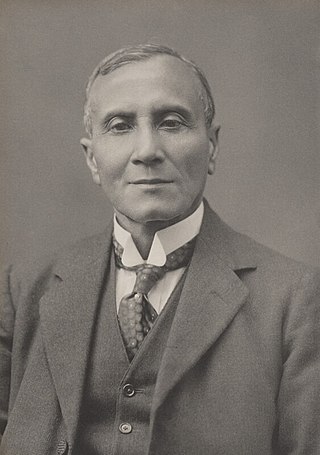
Sir Krishna Govinda Gupta was a British Indian civil servant, the sixth Indian member of the Indian Civil Service, a barrister-at-law, a prominent Bengali social reformer of the 19th century and leading Brahmo Samaj personality.

Odisha Day, also Utkala Dibasa, is celebrated on 1 April in the Indian state of Odisha in memory of the formation of the state as a separate state out of Bihar and Orissa Province with addition of undivided Koraput District and Ganjam District from the Madras Presidency on 1 April 1936. After losing its political identity completely in 1568 following the defeat and demise of the last king Mukunda Dev, efforts resulted in the formation of a politically separate state under British rule on a linguistic basis on 1 April 1936.
Mayurbhanj State Railway (MSR) was a 2 ft 6 in (762 mm) narrow gauge railway owned by Mayurbhanj State in British India.

Kichakeshwari Temple is temple of Hindu Goddess Chamunda alias Kali located in Khiching, which was the ancient capital of the Bhanja rulers, located about 205 km from Balasore and 150 km from Baripada in the Mayurbhanj district of north Odisha, India.
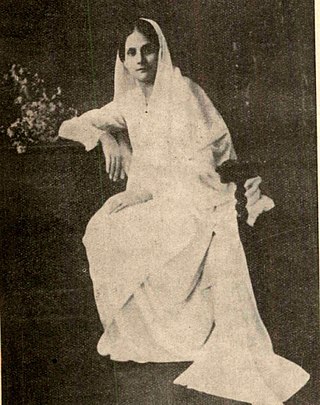
Her Highness Maharani Sucharu Devi was the Maharani of Mayurbhanj State, India.
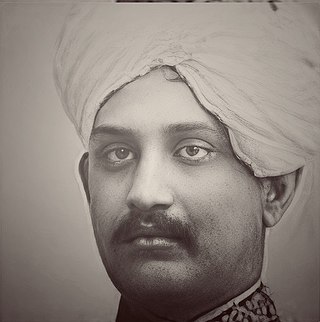
Maharaja Sri Rama Chandra Bhanja Deo was the Maharaja of Mayurbhanj State of India. Sc
Gorumahisani is a village and a railway station in Odisha, India. It is located in Rairangpur tahsil of Mayurbhanj district of Odisha, India. It is situated 17 km from Rairangpur and 100 km from district headquarter Baripada. The post office code of place is 757042.
Mayurbhanj Palace was the royal palace of Maharajas of Mayurbhanj, which was a princely state in British Raj. It is a heritage architectural monument and landmark of Baripada town, which was the erstwhile capital of the Mayurbhanj State.

The Bhanja dynasty is a dynasty that originated in the northern and central regions of modern Odisha before the Gupta Empire became an imperial power. The dynasty, of ancient local Kshatriya lineage as documented by Hermann Kulke, succeeded the Vindhyatabi branch of the Nagas of Padmavati, who ruled from the Keonjhar district of Odisha and included Satrubhanja of the Asanpat inscription. The Bhanj later became feudatories of the Bhauma-Kara dynasty.

Mayurbhanj State was one of the princely states of India during the British Raj. It was one of the largest states of the Eastern States Agency and one of the four salute states of the Orissa States Agency. The emblem of the state was two peacocks, for according to legend the ancestors of the rulers had originated from a peafowl's eyes.
Rupsa is a town of Balasore district in Odisha.
The Belgadia Palace is an 18th-century Victorian-era styled hill-top palace located in Mayurbhanj district, Odisha, India.
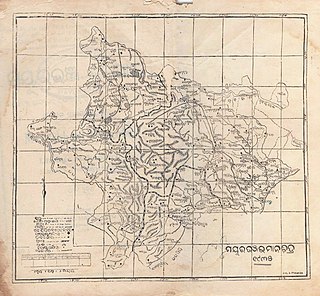
Kaptipada estate was one of the princely states of India during the period of the British Raj. It was located in eastern India and surrounded by Mayurbhanj state in north and west, Nilgiri state in east and Keonjhar state in south. The state was believed to founded by Naga Chief Phanimukuta during the rule of Gajapati ruler Kapileswar Dev about the middle of 15th century A.D.












